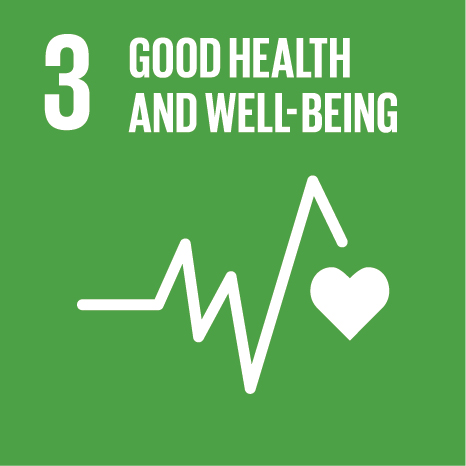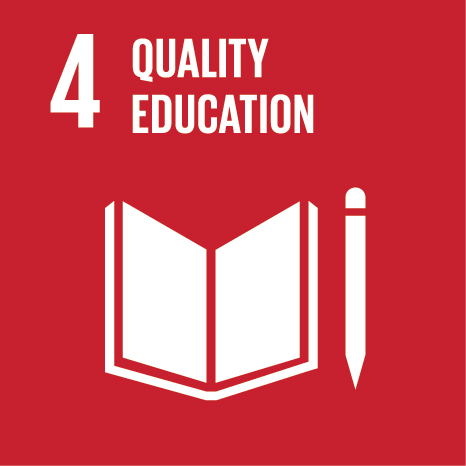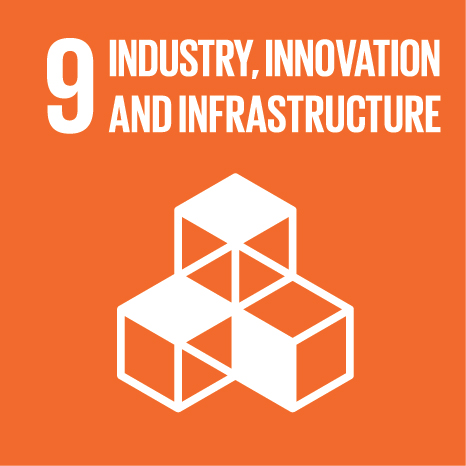Ciência_Iscte
Publications
Publication Detailed Description
Asymmetric electron energy loss in drift-current biased graphene
Journal Title
Plasmonics
Year (definitive publication)
2021
Language
English
Country
Germany
More Information
Web of Science®
Scopus
Google Scholar
This publication is not indexed in Overton
Abstract
The electric drift-current bias was recently introduced as a new paradigm to break the Lorentz reciprocity in graphene. Here, we study the impact of the nonreciprocal response in the energy extracted from a beam of swift charges traveling in the vicinity of a graphene sheet with drifting electrons. It is demonstrated that the drift bias leads to an asymmetric electron-energy-loss spectrum that depends on the sign of the charge velocity. It is found that when the drift and electron beam velocities have comparable values but opposite signs, the energy loss is boosted resulting in a noncontact friction-type effect. In contrast, when the drift and electron beam velocities have the same sign, the energy loss is negligible. Furthermore, it is shown that different theoretical models of the drift-biased graphene conductivity yield distinct peaks for the energy-loss spectrum, and thereby electron beam spectroscopy can be used to test the validity of the different theories.
Acknowledgements
--
Keywords
Graphene plasmons,Nanophotonics,Electronenergy-loss spectroscopy (EELS),Drift-current bias,Nonreciprocity
Fields of Science and Technology Classification
- Physical Sciences - Natural Sciences
- Electrical Engineering, Electronic Engineering, Information Engineering - Engineering and Technology
Funding Records
| Funding Reference | Funding Entity |
|---|---|
| PTDC/EEITEL/4543/2014 | Fundação para a Ciência e a Tecnologia |
| SFRH/BPD/108823/2015 | Fundação para a Ciência e a Tecnologia |
| UIDB/EEA/50008/2020 | Fundação para a Ciência e a Tecnologia |
Contributions to the Sustainable Development Goals of the United Nations
With the objective to increase the research activity directed towards the achievement of the United Nations 2030 Sustainable Development Goals, the possibility of associating scientific publications with the Sustainable Development Goals is now available in Ciência_Iscte. These are the Sustainable Development Goals identified by the author(s) for this publication. For more detailed information on the Sustainable Development Goals, click here.

 Português
Português




